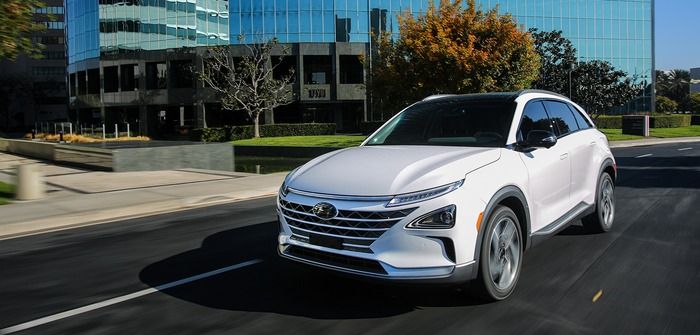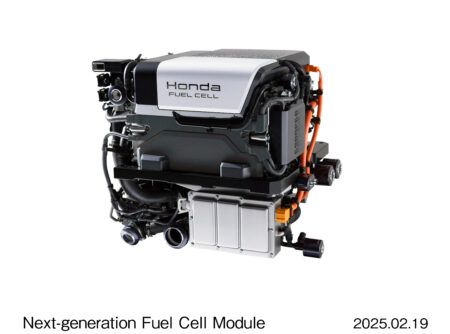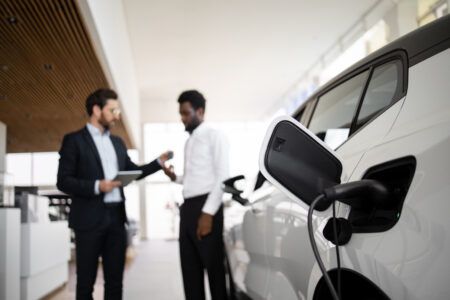Predictions and assessments for the future of mobility show that hydrogenization of personal, commercial and military vehicles will play a key role to reduce exhaust emissions, according to the international regulations and government policies. But, the key question is what kind of hydrogenization will dominate the market?
Today, most of fuel cell electric vehicles (FCEVs) – except limited applications – use compressed hydrogen gases at 350 bar or 700 bar pressure in a storage tank for PEM (Proton Exchange Membrane) fuel cell stack. Can hydrogen production from methanol reformation for the stack catch up with compressed hydrogen storage in the future? Or can it leave it behind – or should it?
It is a well known truth that the PEM fuel cell is the most efficient and convenient type for a FCEV powertrain. As a consequence, a PEM fuel cell stack with compressed hydrogen storage was applied in the Toyota Mirai, Honda Clarity and Hyundai Tuscon vehicles. However, additional costs because of the hydrogen storage system in PEM FCEVs and hydrogen filling stations are the main challenges for financial and infrastructural concerns. Especially, hydrogen filling station costs can reach outrageous numbers. For example, a filling station with a gaseous hydrogen storage system costs around US$2.1m for 180 kg/day capacity including equipments, construction, engineering, project management and permitting.
On the other hand, a station with a liquid hydrogen storage system or on-site hydrogen generators with electrolysis of water costs around US$2.8m and US$3.2m, respectively. But no doubt, the car industry has already planned to avoid these costs.
Although many major car manufacturers have focused on research and development of FCEV for the future, very few of them has attempted to reveal a fuel cell car without compressed hydrogen in fuel cell system. Applicability of a FCEV without compressed hydrogen storage was unveiled from Roland Gumpert (RG) in its Natalie –a methanol powered electric sports car – at the 2018 Beijing auto show. Therefore, it can be concluded that high costs because of the requirement of filling station infrastructures and high pressure storage tanks in the vehicle could be eliminated with correct planning strategy in the future. Because methanol production, transportation and storage are simpler than hydrogen and existing conventional fuel stations can be used with small modifications.
In this technology, methanol is first transformed to hydrogen in a reformer and then high temperature a PEM fuel cell stack is fed by gaseous hydrogen. The PEM fuel cell generates electricity for the electric motor or battery charging as usual in FCEVs. Transformation of the present fuel cell systems fed with compressed hydrogen into the methanol powered type can be achieved simply because PEM fuel cell can still be used as electric production. Even if system efficiency reduces and CO2 emissions increase slightly with methanol reformation for fuel supply of the stack in FCEVs, overall costs for the future mobility can be reduced tremendously. To create a future that is not dependent on oil, methanol powered fuel cell technology should be considered for clean and cheap transportation all around the world.
This article has been written by Dr Mustafa Umut Karaloğlan from the Department of Mechanical Engineering at Dokuz Eylul University in Turkey.





